“Sweetsong Books Bundle” has been added to your cart. View cart
-20%
Bhagavad-gita: The Song Divine
$10.00 Original price was: $10.00.$8.00Current price is: $8.00.
A New, Easy-to-Understand Edition of India’s Timeless Masterpiece of Spiritual Wisdom
Additional information
| Publisher | Independently published |
|---|---|
| Year of Publishing | 2001 |
| Number of pages | 112 |
| ISBN | 978-1887089265 |
| Format | Paper Book |

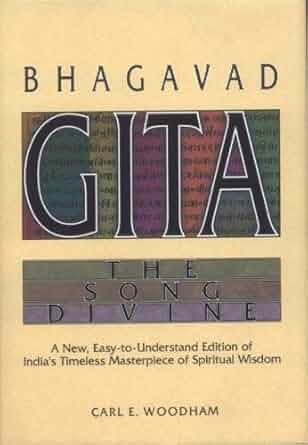
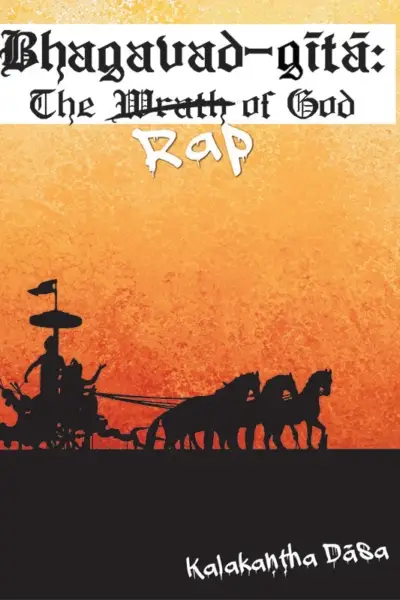
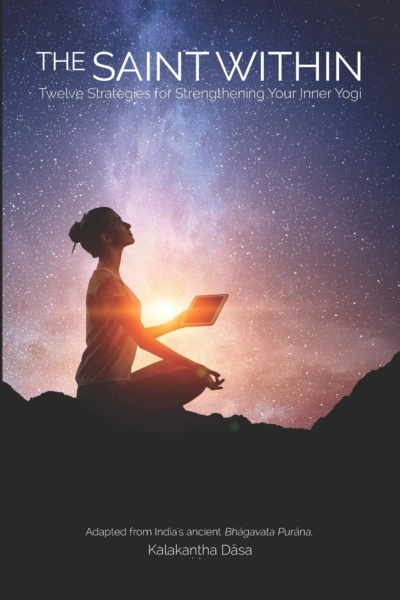
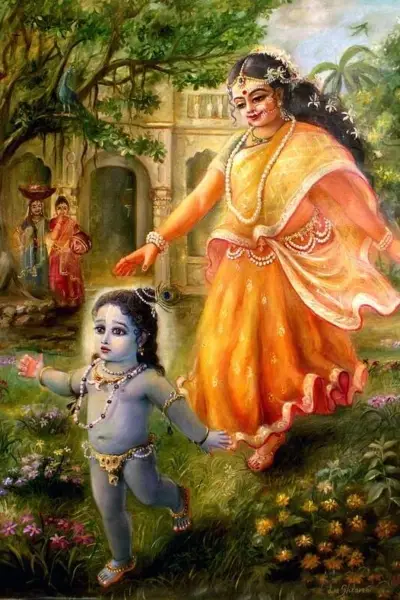
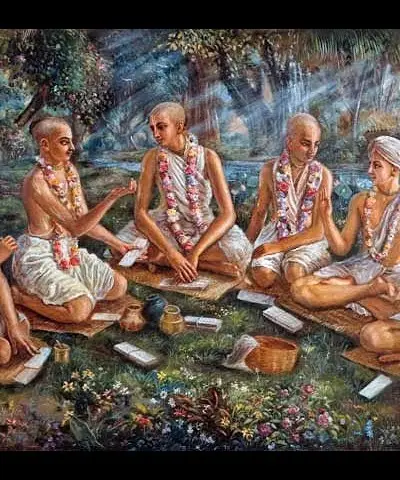
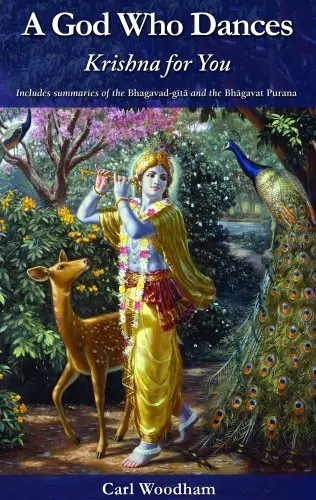
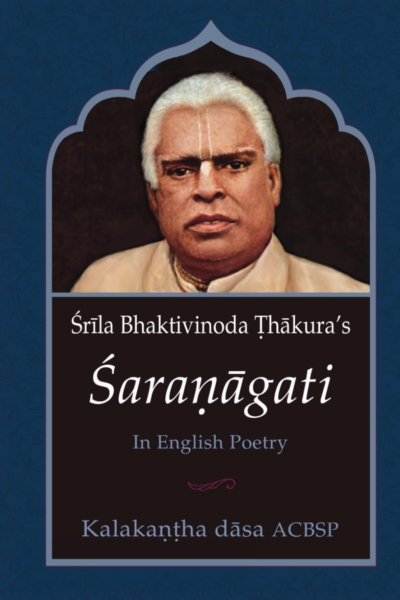
Kristofer Upjohn –
Fresh Revelations From the Bhagavad Gita
Just like the Judeo-Christian Bible, the Bhagavad Gita exists in many translations. Styles range from Sir Edwin Arnold’s lofty poetic rendering to the simple but illuminating prose of the International Gita Society’s Gita by Ramananda Prasad, Ph.D. (my first and still favorite version).
The Gita, beloved by many, myself included, is a tiny book, insofar as page-count goes. But in terms of the wealth of wisdom it contains in its conciseness, it is as much a tome as the Holy Bible and contains all the hidden wisdom (awaiting discovery by each seeker) as the Bible or any other great work of sacred literature. As it happens, the deceptively slim Bhagavad Gita is actually a short but pivotal sequence from the Mahabharata, one of India’s two great religious poetic epics (the other being the Ramayana).
The Mahabharata is the longest epic poem there is, with about 75,000 to 100,000 stanzas, depending on who’s counting. Most copies of the Mahabharata are abridged/retold to a greater or lesser degree, not just because its length leaves even the most hardy, devout reader agog and reeling, but because, as was the style of much Hindi holy writ (there’s a lot), there were tales within tales and tangents within tangents, sermons with sermons, etc. Most readers will find that one of the abridged but still stout editions available will more than fulfill one’s Mahabharata reading needs.
[Check out Penguin Classics’ 800-or-so-page edition, which includes summaries to cover omitted material between actually translated passages, or Carole Satyamurti’s 900-page Mahabharata: A Modern Rendering, wrought in smooth blank verse. Both are long, but the length is warranted, given that these are much-shortened versions of the Mahabharata, especially if one doesn’t want to lose the meat of this hefty, enlightened classic in the process of paring down. Too-truncated a rendering is apt to feel like a summary. It’s only around 500 pages, but C. Rajagopalachari’s prose retelling is a nice introduction that isn’t too whittled down, if one is daunted by the longer versions mentioned above but isn’t looking to resort to Cliffs Notes. William Buck’s curious take on the Mahabharata is also worth a look.]
While the Gita is actually a section from a much larger work, it has for centuries been accepted as a holy book in its own right. And rightly so. For me, the Bhagavad Gita is the most sublime work of holy writ. It’s mysterious lucidity and condensed leanness produce a veritable glow in which to bask. I may have stolen that imagery from transcendentalist Thoreau who reveled in the Gita’s spiritual brilliance.
Any decent edition of the Bhagavad Gita will include introductory materials to provide the basic info newcomers need to have context for the surface events of the poem. Without understanding the sacred stories on their face, one cannot properly penetrate through the layers between the lines.
I’ve read a number of times in a number of different versions and its mysteries have continued to open to me, layer after layer, like a 1,000-leaf lotus opening eternally. There is always more understanding to be had, though one reaches the point where he/she has grokked the Gita well enough (as there is no “total” grokking of the Gita since the spiritual path is a perpetual journey) that the devotee can truly be said to carry the Gita in his/her heart. But there is always more enlightenment to be had.
Torchlight Publishing’s Bhagavad Gita: The Song Divine, a verse retelling of the Gita based on Swami Prahupada’s Bhagavad Gita As It Is. I’ve not read through Prahupada’s thick book, which, if memory serves, includes in the longest version verse-by-verse commentary as well, plus each verse in Sanskrit. There are, as implied, shorter versions of Prahupada’s edition of the Gita, again, if memory serves. The point is, lacking much knowledge of the As It Is edition of this spiritual classic other than what amounts to product description and recurring stumblings upon it in my research and web-prowling.
The praise I am any moment now going to heap upon this verse version has nothing to do with its basis in Prahupada’s work (except as it inspired this verse edition). My high pleasure in consuming Torchlight’s poetic, As It Is-inspired Gita redux stems from the lovely poetry (neither trite nor cumbersome) and the fresh illumination it brings to a divine book from which I’ve gleaned over and over.
The poetry strikes a nice balance between sophomoric, pretentious hokum (or over-simplified Krishna For Dum-Dums spoon-feeding) and the beautiful and florid – and occasionally difficult – grandiosity of Arnold’s lines.
This Gita is smart. It flows. It’s got simple elegance. The verse is neither dumbed-down nor overwrought. The poetry herein strikes a skillful balance between extremes. And lest we think my review is that “it didn’t fail”, I hasten to add that the poetry of The Song Divine does more than merely avoid the perils of bad poetry, which would be but back-handed praise of mediocrity’s dodging of total failure. To the degree that this Gita avoids treacherous extremes of poetic misfires, it surpasses by that same distance, and then some, the limbo of lukewarm middle-of-the-road breakdown.
The seemingly simple lines of verse frequently opened up previously unseen facets of meaning, presenting sparkling new insight and lighting the way to new depths of understanding. What I’m about to write is as trite as this Bhagavad Gita isn’t, but The Song Divine is perfect as both a lucid (but not diluted) introduction to those not yet initiated into the glories of the Gita, and also a stimulating and revealing re-invigoration for those already familiar with the Gita’s delights. It’s even great for those who might have read the Gita, but who are left head-scratching but still seeking better understanding. Maybe it’s simply challenging material for new seekers, the abstract mysticism proving opaque at first for some. Or perhaps our hypothetical puzzled reader simply read a translation of the Gita that was just not helpful for the particular reader.
In any case, I’ll nip example-production in the bud lest I wander off on a Mahabharata-esque tangent of dry expounding upon the nature of the relationship between different kinds of Gita readers and the various versions of the Gita.
What matters is that the composition skills of the poet behind this rendering bore fruit in a clear, lucid, third-eye-squeegeeing volume of sacred verse that is exactly what a Gita ought to be: as profound as it is concise.
Big mojo in a slight package. Not to be underestimated.
Martin Heil –
Very Original take on India’s Greatest Scripture! My second book by the same author, after Tattva Bodha.
The same inimitable style driving home the points that we can remember easily, without compromising the depth!
I have read and own quite a few Gita books.
And still love reading this book because of the author’s unique style & take on everything that keeps it light, fresh and modern!
Can’t wait to complete it and go on to read volume 2.
Thank you for sharing your valuable knowledge Jagadish!
Please keep up the quality and depth!
You are catering to a new generation of readers!
Susanne –
Entertaining, easy access to the Gita
This book is a real treasure! Its rhyming verses make the Gita fun to read, especially out loud with friends or family. I’ve found my kids are very attracted to it, whereas the more philosophical versions seem boring to them. (Mitchell’s version was a complete dud!) The verses tell the complete story of this important and instructive meeting between Krishna and Arjuna, condensing it without leaving out anything essential. The profound spiritual messages of the Gita come through loud and clear, yet Woodham’s brilliant couplets make it palatable even to those whose interest in spirituality isn’t very strong. This is just the kind of book I’ll love to give as a gift to young people, old friends, relatives of all ages—even myself! The price is right, and it’s very attractively put together. That combined with its entertainment factor makes this a highly recommended choice.